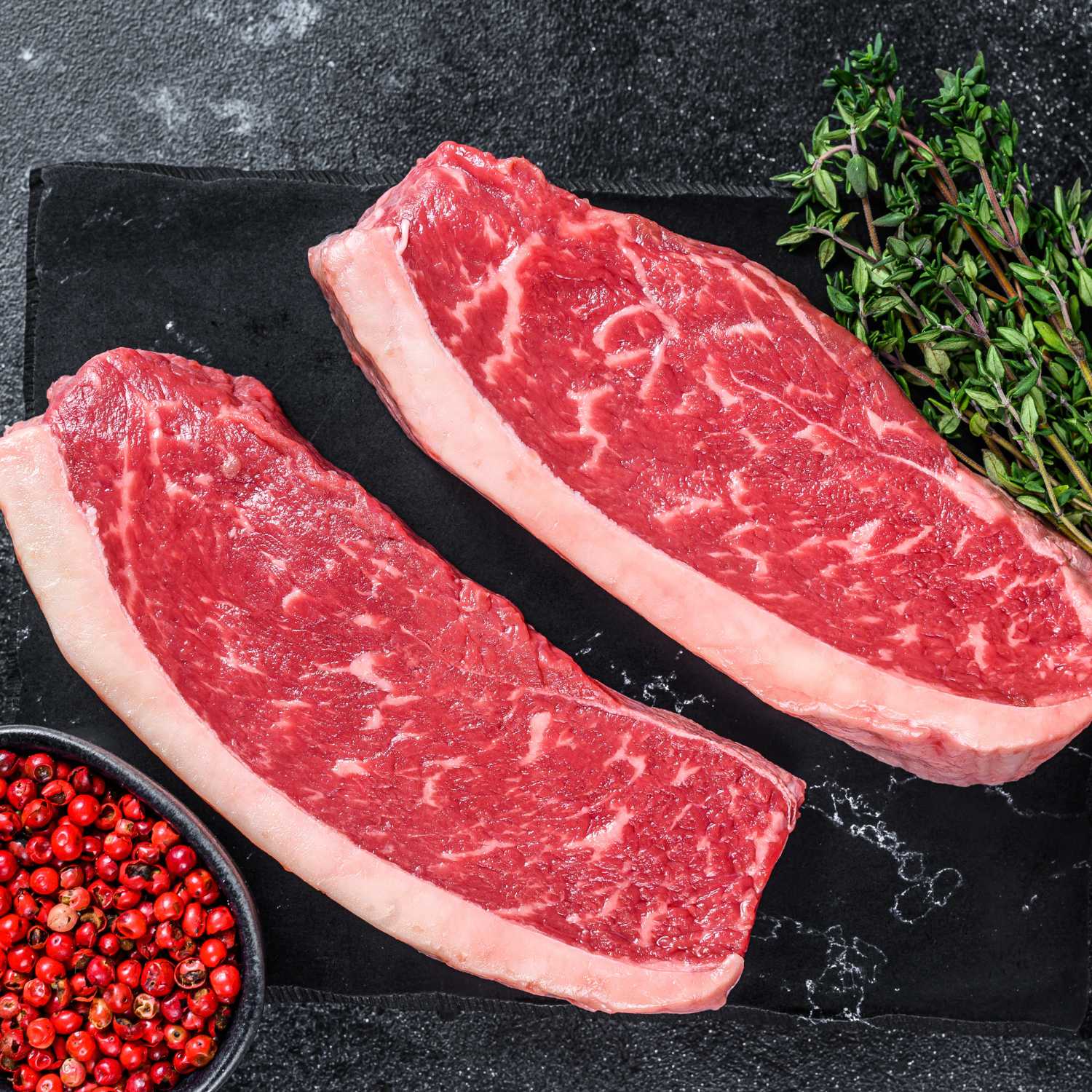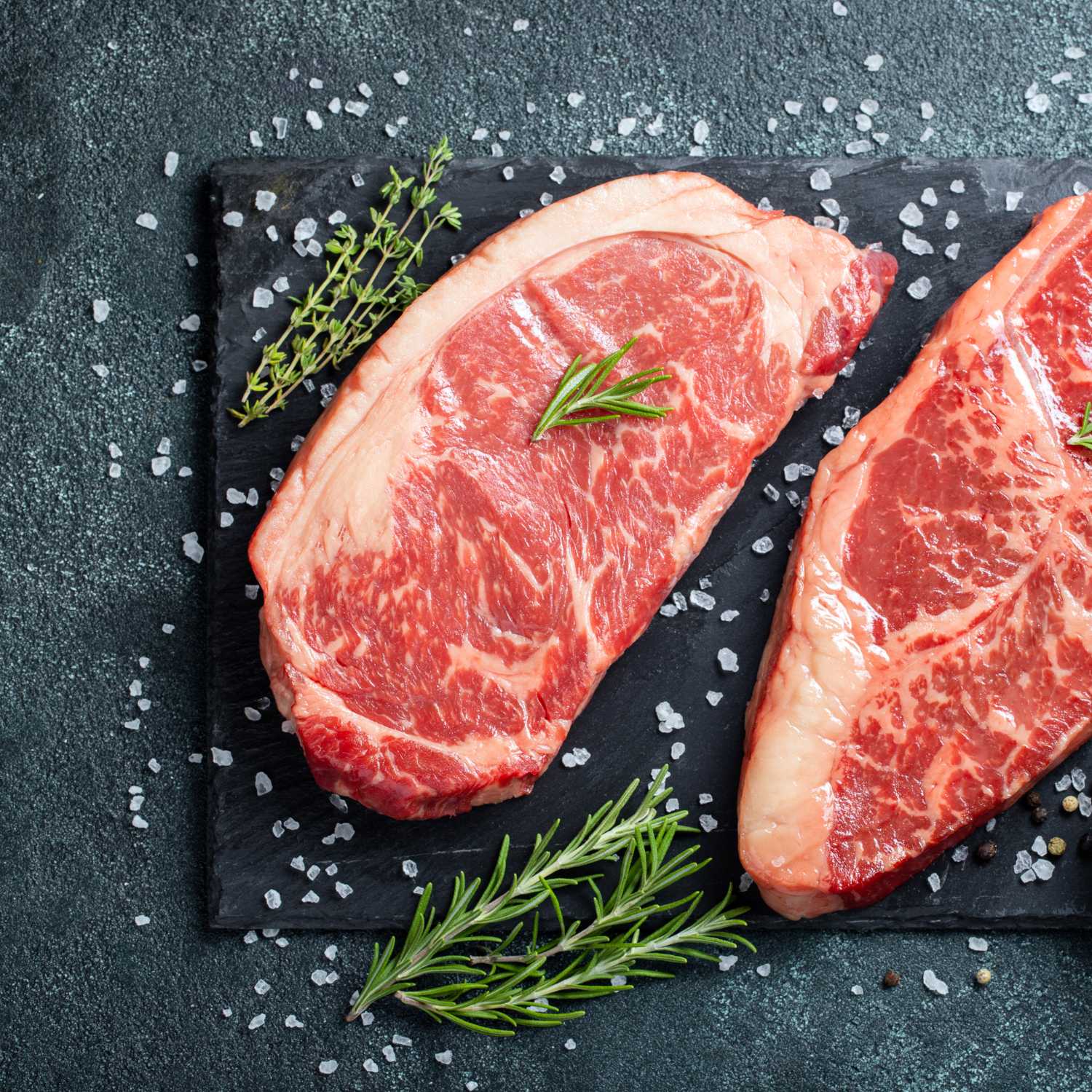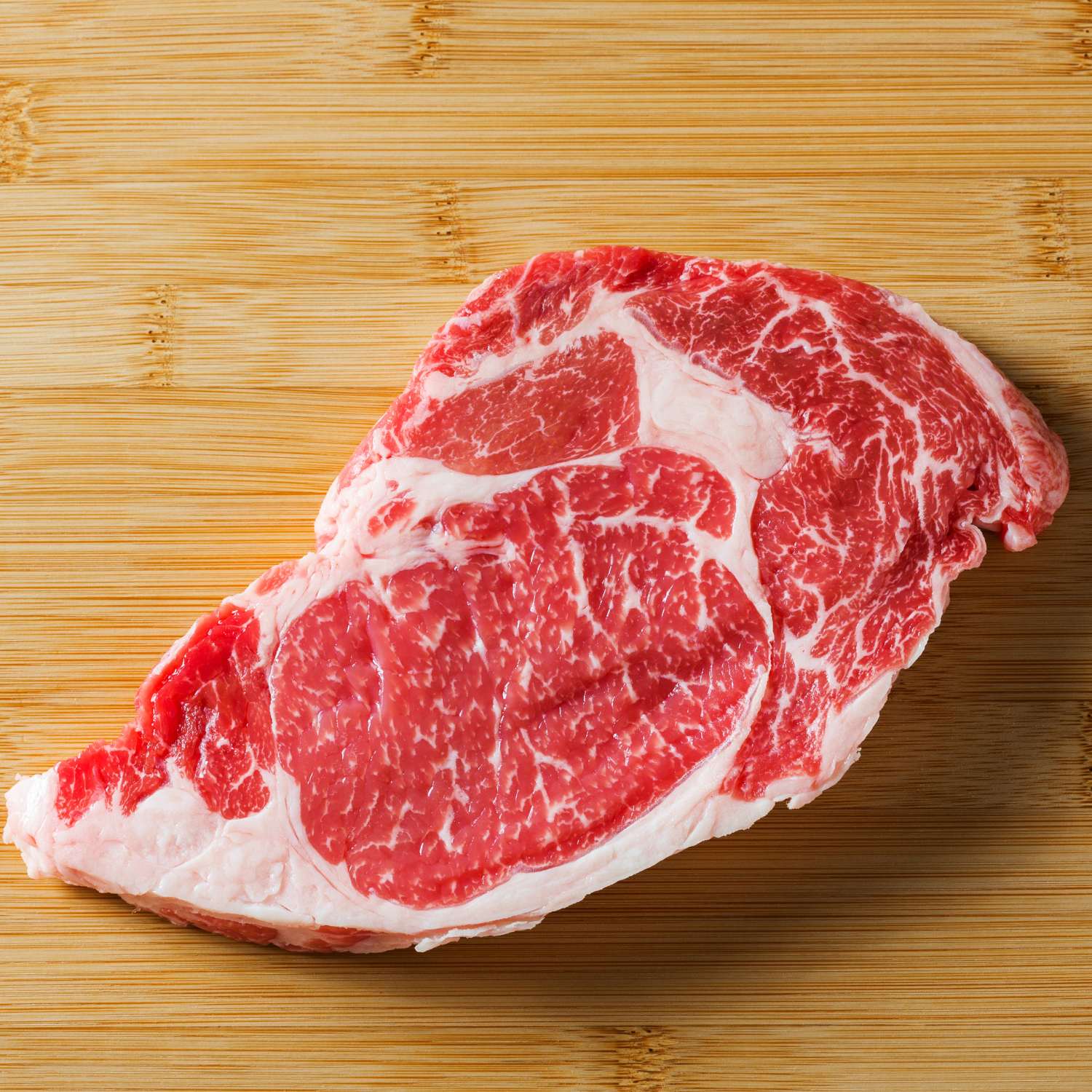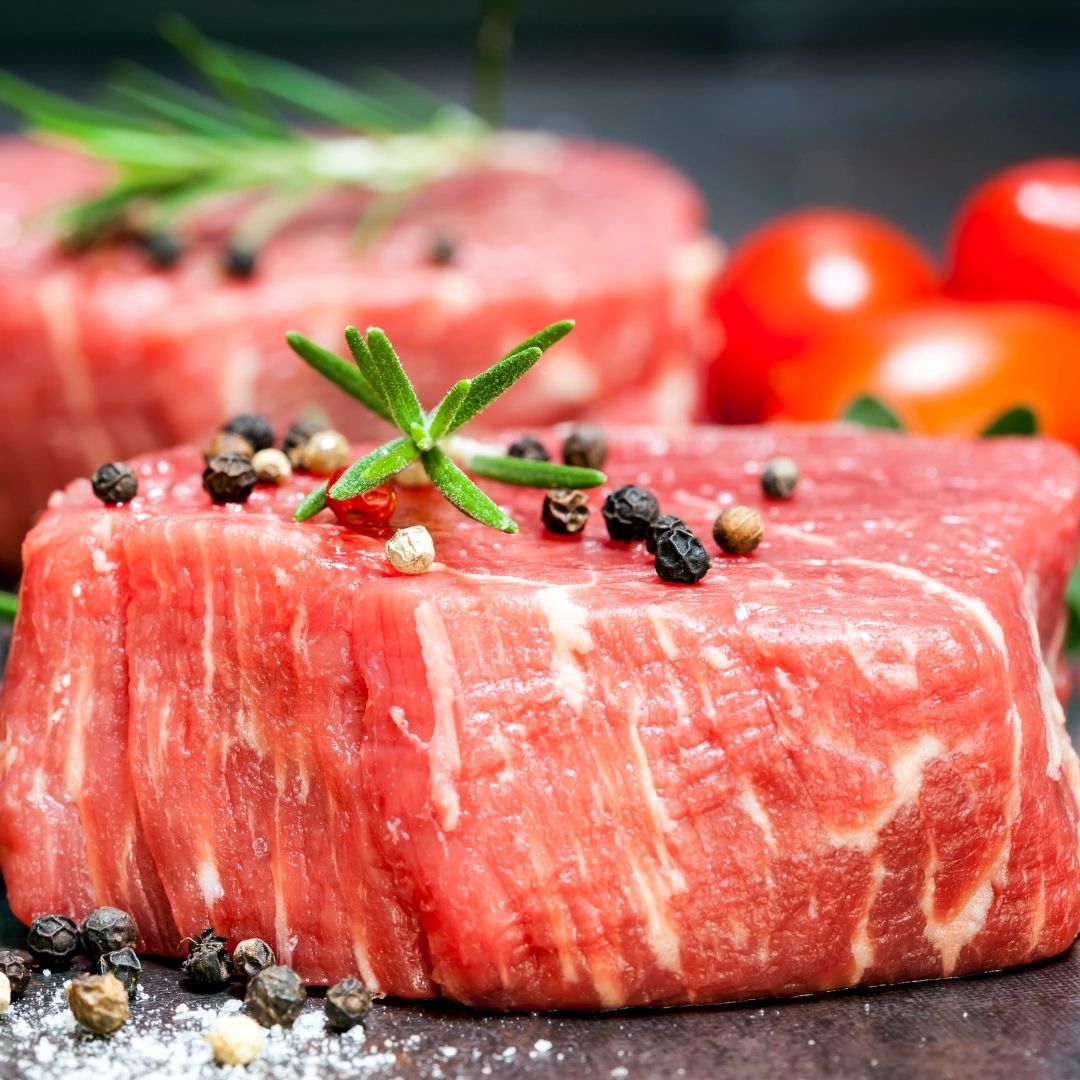Understanding Wagyu: The Crown Jewel of Meats
What is Wagyu Beef?
Wagyu beef stands tall as the epitome of fine meats. Its name, 'Wagyu', speaks to its origins in Japan – Wa meaning Japanese and gyu meaning cow. This beef is known for intense marbling – streaks of fat running through lean meat. This fat melts as it cooks, basting the meat from within. It offers a taste that's rich, buttery, and unlike any other beef. Even in Hong Kong, Wagyu's prestige as a delicacy remains unrivaled. It's not just any steak; it's the steak connoisseurs dream about.

The Origins and Raising of Wagyu Cattle
Wagyu cattle originate from Japan. They were once used as draught animals. Over time, farmers noticed their meat had a unique taste and tenderness. This led to specializing in raising Wagyu for its high-quality beef. The cattle grow in a serene atmosphere with meticulous care. They have a special diet that includes grains and grass. Sometimes, they even get beer or sake to stimulate appetite. Massage practices are also common among farmers. These practices ensure the marbling that Wagyu is famous for.
The Unique Feeding Techniques and Care for Wagyu
Wagyu cattle thrive on a special diet and careful nurturing. Their unique feeding techniques include a mix of grains, grass, and sometimes even beer to encourage appetite. These cows also enjoy regular massages. This aids their comfort and muscle quality. The care for Wagyu extends beyond feeding. These animals are housed in stress-free environments. The aim is to ensure their well-being. With dedicated farmers and strict regimes, Wagyu beef's quality is maintained. In Hong Kong, these standards are no different. Local Wagyu follows these rigorous care protocols. This ensures that every slice of meat is tender and rich with marbling.
The Art of Preparing Wagyu: Best Practices and Recipes
Selecting the Right Wagyu Cut for Your Meal
When choosing Wagyu, consider the meal you're planning. Rich, marbled cuts like ribeye are perfect for grilling. Tenderloin suits quick searing. Flavourful sirloin works well for steak dishes. Each cut offers a unique taste and texture. It's important to match the cut to your recipe for the best experience.
Marinades and Seasoning Tips for Wagyu Steaks
When cooking Wagyu steaks, the marinade and seasoning play a vital role in enhancing the rich flavors. Start with basic salt and pepper to let the meat's natural taste shine. For a bolder taste, mix olive oil, rosemary, and garlic for a simple marinade. Avoid overpowering sauces. A light brush of soy sauce or a hint of citrus can complement Wagyu's delicate flavors. Always let the steak rest after seasoning, before it hits the grill.
Step-by-Step Guide to Perfectly Cooking Wagyu
Cooking Wagyu demands attention to detail. Here's a simple guide:
- Bring steak to room temperature.
- Season lightly since Wagyu is rich in flavor.
- Sear on high heat quickly for a crust.
- Use a meat thermometer for accuracy.
- Aim for medium-rare to keep it tender.
- Rest the steak before serving to retain juices.
This will ensure your Wagyu is full of flavor and perfectly cooked.
Elevating Your Culinary Game with Hong Kong's Top Grass-Fed Beef
The Benefits of Grass-Fed Beef
Grass-fed beef boasts numerous advantages for your health and taste. It's rich in essential nutrients like Omega-3s, vitamins, and antioxidants. This meat has less fat and is often praised for its distinct, robust flavor. It's a smart choice for mindful eaters in Hong Kong who seek quality and taste. In culinary circles, this beef is valued for its contribution to classic and innovative dishes. Embracing grass-fed beef in your kitchen can elevate your meals to gourmet status.
How to Select the Best Grass-Fed Beef
When choosing top-quality grass-fed beef, look for these signs: A deep red color indicates freshness. White or creamy fat shows good feeding practices. Firm texture means the meat is well-aged. Opt for local butchers or trusted stores. They often stock the best cuts. Make sure the packaging is intact. This helps keep the beef in good condition. Ask about the beef's origin. Hong Kong's finest usually comes from ethical farms. Check for certifications. These can prove the beef's grass-fed status.
Innovative Recipes to Enhance the Dining Experience
Discover new ways to delight your palate with Hong Kong's prime grass-fed beef. From savory broths to sizzling barbecue delights, this guide will walk you through some inventive recipes:
- Grass-Fed Beef Tenderloin with Rosemary and Garlic: A classic recipe with a Hong Kong twist, featuring fragrant rosemary and robust garlic to bring out the natural flavors of the beef.
- Soy-Glazed Grass-Fed Striploin: Combine soy sauce, honey, and a splash of rice wine vinegar for a sweet and savory Asian-inspired glaze.
- Spicy Sichuan Grass-Fed Beef Stir-Fry: Heat up your wok for this fiery dish, using tender grass-fed beef strips, Sichuan peppercorns, and fresh vegetables.
- Grass-Fed Beef and Broccoli: A healthier spin on a local favorite, using grass-fed beef and a sauce made from oyster sauce, garlic, and ginger.
Experience the quality of Hong Kong's grass-fed beef in new, inspiring ways with these recipes.




















